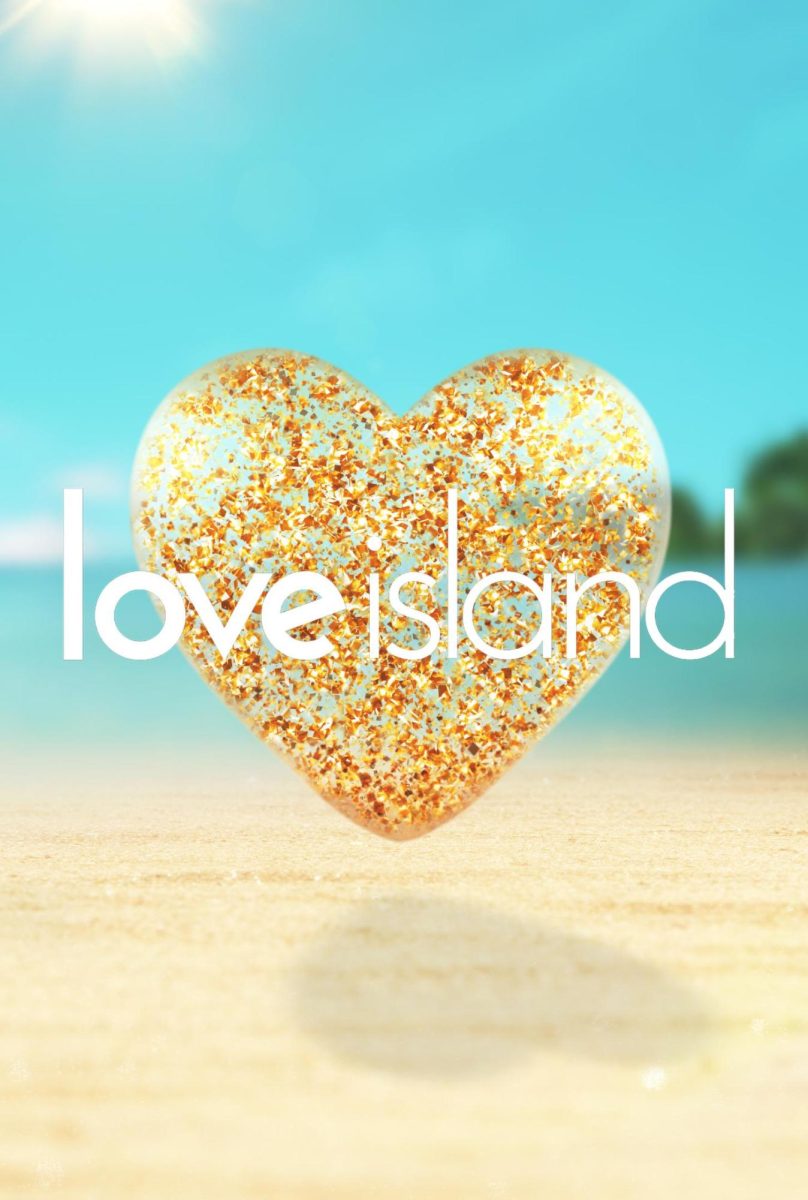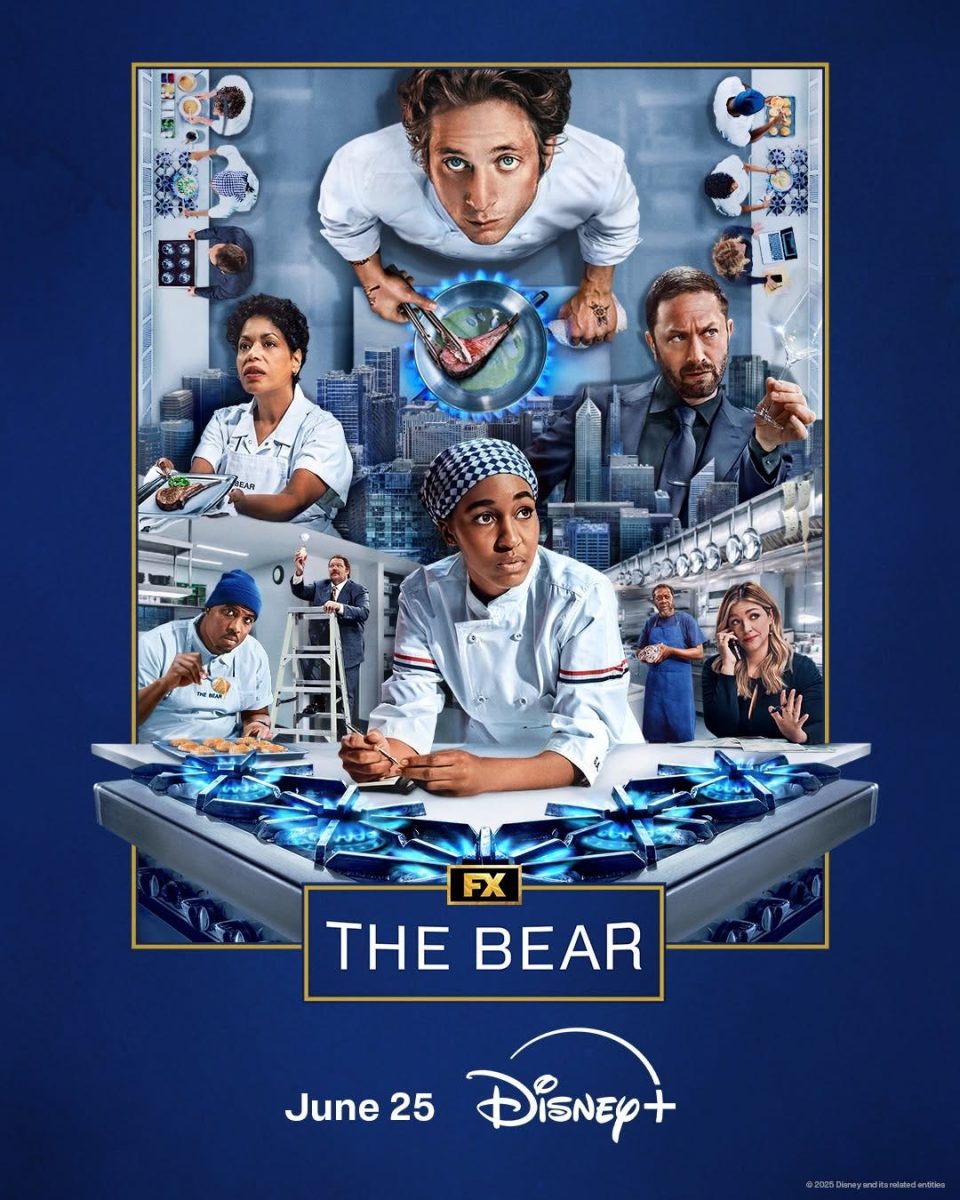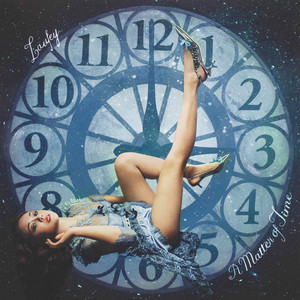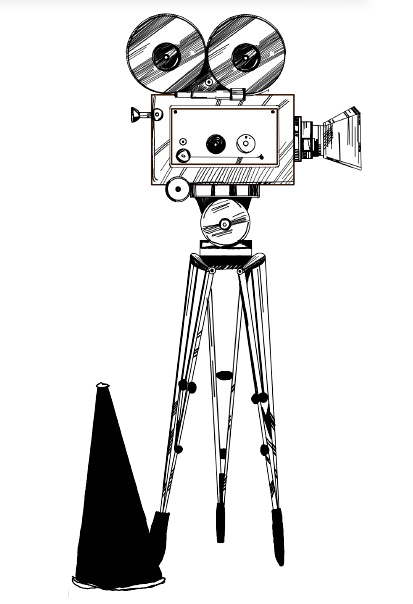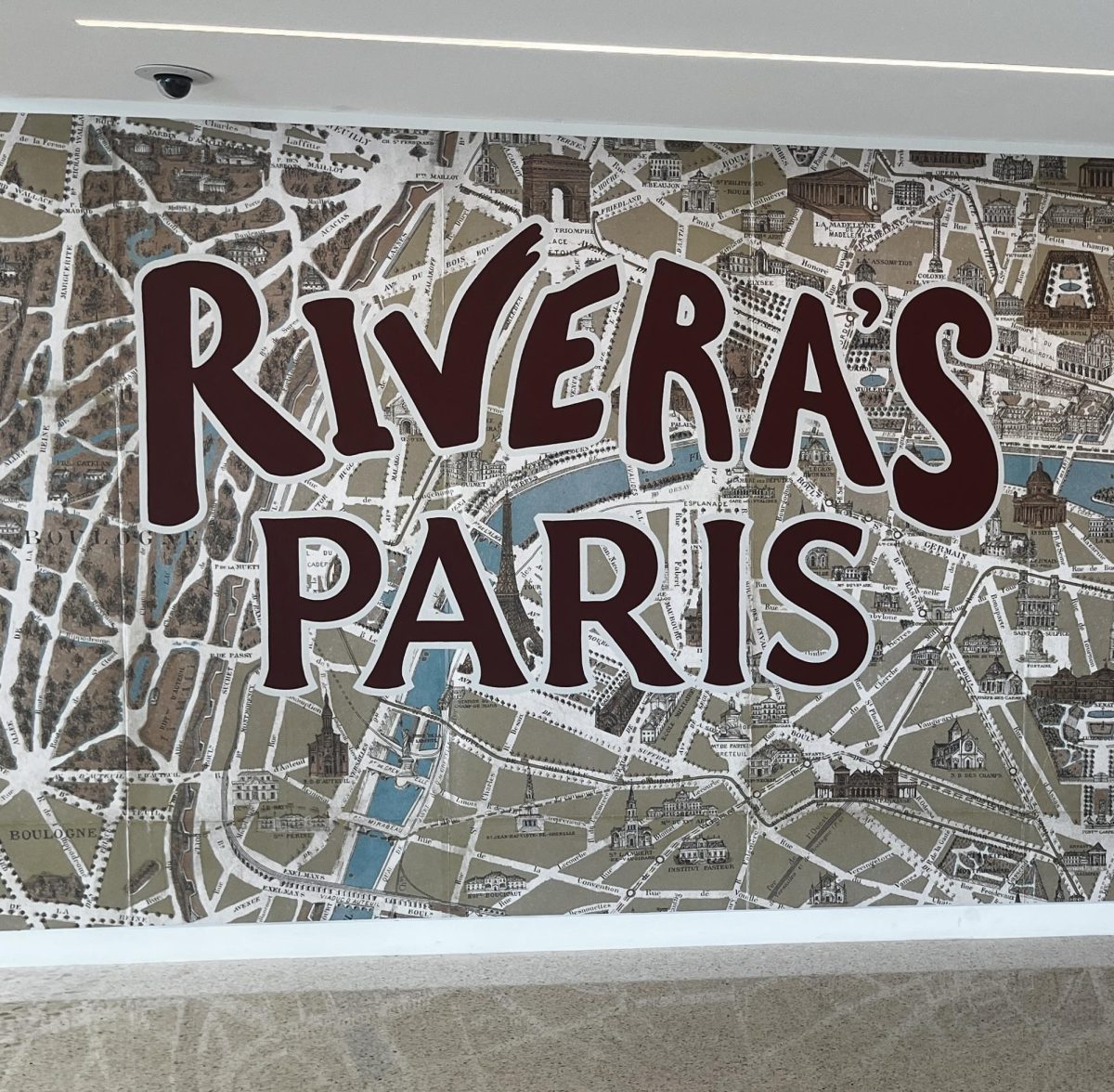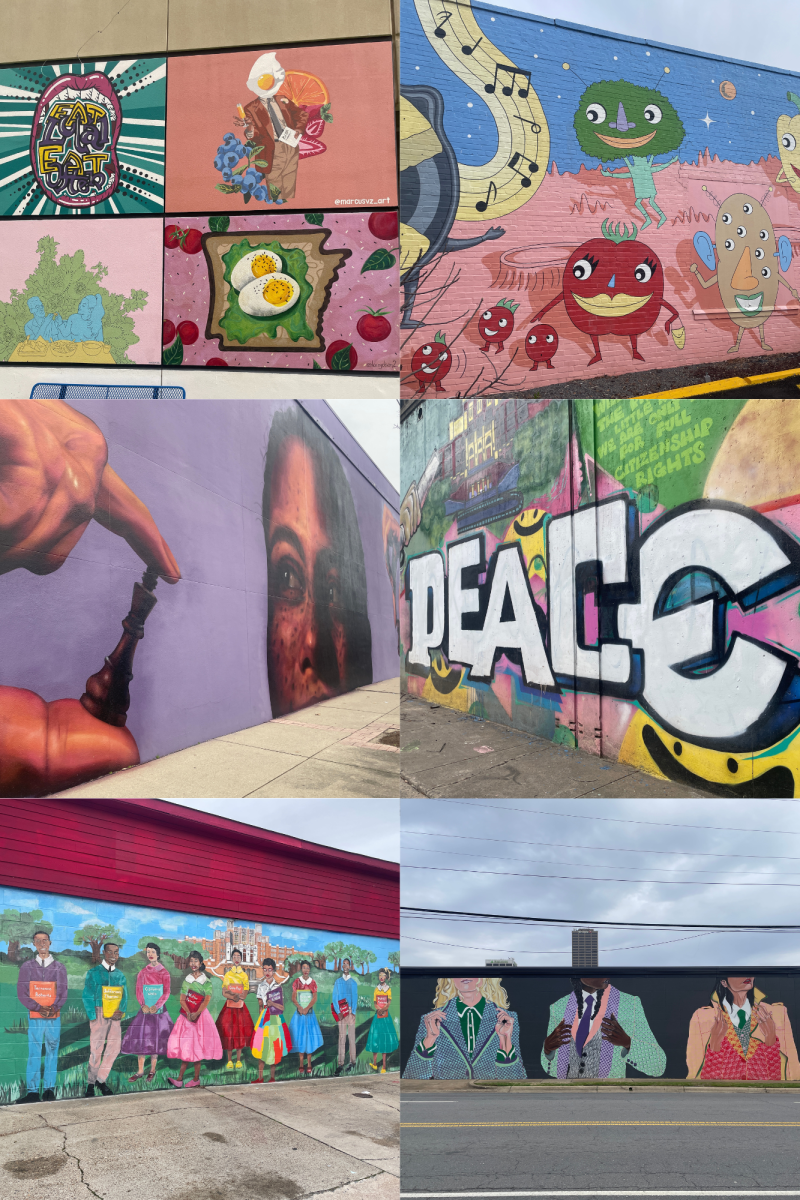The Gyaru fashion originated from the Shibuya district in Tokyo, Japan. This fashion choice was made by a group of young females in the 1970s-1980s to rebel against the Asian beauty standards. Gyaru has a variety of substyles that are inspired by a combination of other fashion trends.
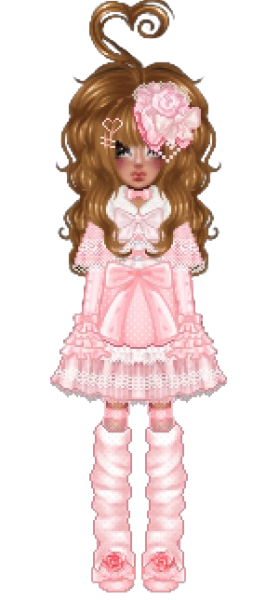
Hime gyaru is a Victorian- era-inspired substyle. It includes frilly dresses, a soft look, pastel colors, mostly pink and white, and bows. This substyle is my favorite style due to the princess-like look and the soft colors that are included in it. I personally love gyaru style and the Victorian era, so seeing these two styles mixed together is a cool take on seeing the old and the new combined together. The hime gyaru style is inspired by Western American fashion. The Victorian era dresses were very long since modesty was highly valued at the time. The purpose of hime was to use the Victorian inspiration, but also to go against the stigma by shortening the dresses.
Rokku gyaru was inspired by Western rock music and fashion. Rokku gyaru includes dark colors, chains, fishnets, skulls, chokers, and spikey accessories. Rokku opposes the other gyaru styles the most due to the bold color choices. Rokku gyarus often gets mixed up with goshukku gyarus, which is goth and gyaru put together. I tend to mix goshukku and rokku up a lot due to how similar they look side by side. When I look the rokku up online, sometimes I get goshukku, and it’s hard to tell the difference. Rokku gyaru focuses on dark aesthetics to contrast the Asian beauty standards, wanting females to wear clothing that has soft colors and show off their small waist.
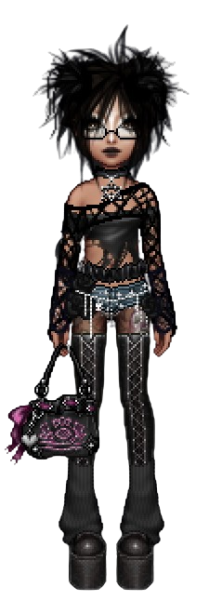
Manba gyaru is by far one of the wildest substyles. It has bold makeup, bright colors, and a rebellious aesthetic. Manba gyaru is characterized by its defiance and freedom, making it a strong cultural statement going against the Asian beauty standards. Manba gyaru is unique because it gained global publicity due to its uncanny appearance with the unblended white droops and exaggerated false lashes in the makeup. Each time I see somebody dressed up in manba, it amazes and scares me at the same time. I could never see myself being a manba gyaru due to the uncanny makeup, but I admire people who do. Another Manba norm is tanning. This style is more popular with the African American community, but it raises controversies surrounding black face if non- African Americans tan three shades past their original skin tone for the style.
Another type of gyaru is gyaruos, which means “male gal” in English. The gyaruos follow whichever substyles they want to be a part of. The gyaruos primarily have bleached hair and mullets, but their hair can also be different colors according to the substyle they’re following. Most gyaruos are manbas, with the bold hair, clothing, and makeup choices. The gyaruos started to rise in the late 1990s since they were mostly a feminine-led group. In 1999, a magazine came out about male gals, leading to the peak of gyaruos in the 2000s. It’s not rare to see gyarus and gyarous in Japan or other Asian countries, but it’s rare to see them in America.
Gyaru has made such a powerful effect on a lot of females and males who feel like conventional beauty standards don’t fit them. I love to express myself through fashion, makeup, and my hair, and to see that a whole style was made to go against beauty standards in order to express yourself makes me feel like beauty standards should go away entirely. This fashion choice has made such a giant impact on the world. It even reached other countries such as China, Korea, and America. There aren’t many people who dress as gyarus, but when they do, they are expressing themselves uniquely.





